by
Mary Pereira
Delicate
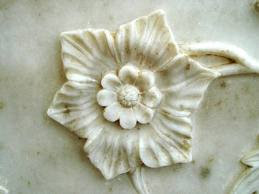 Delicate...that's all I can say about Marble and Granite without hurting it. They are all natural stones that actually breathe and change due to it's surrounding circumstances. As precious as a flower, Marble and Granite should be cared for with diligence and LOVE. Pay attention Beloved...this is not hard but must be remembered or the consequences are grave and detrimental to the life of your Marble, Granite, Travertine, Limestone, Soapstone and Onyx. Let's learn about what they are.
What is granite?
Delicate...that's all I can say about Marble and Granite without hurting it. They are all natural stones that actually breathe and change due to it's surrounding circumstances. As precious as a flower, Marble and Granite should be cared for with diligence and LOVE. Pay attention Beloved...this is not hard but must be remembered or the consequences are grave and detrimental to the life of your Marble, Granite, Travertine, Limestone, Soapstone and Onyx. Let's learn about what they are.
What is granite?
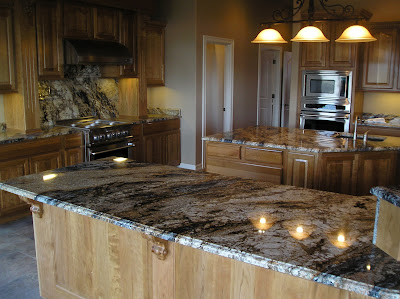 |
| Granite Countertop |
Granite is an igneous rock formed from liquid magma, cooled slowly to form a substance approaching the hardness and durability of diamond. Its hardness and density comes from the fact that it has been solidified within the earth under extreme pressure. It consists of feldspar, quartz, mica and other minerals that all contribute to the unique coloration and texture of each granite deposit. Granite is considered an ideal choice for kitchen countertops because it can withstand high heat (up to 1200 degrees Fahrenheit). Granite countertops are virtually scratch-proof and will not scratch even when directly cut on.
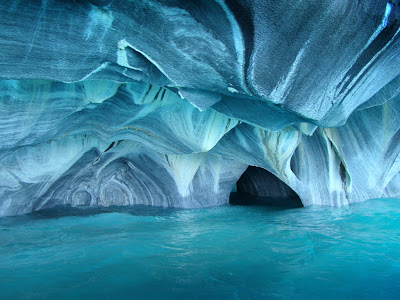 |
| Marble Cave |
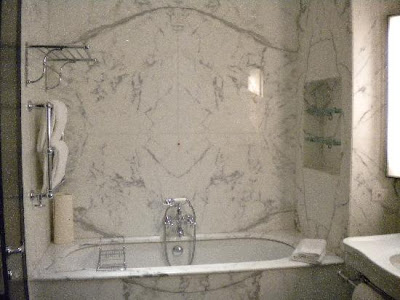 |
| Marble Tub |
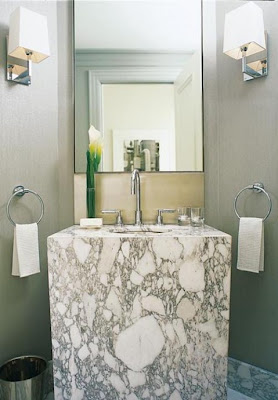 |
| Marble Sink |
What is marble?
Marble is a metamorphic rock formed from the recrystallization of limestone under intense pressure and high temperatures within the earth. During this process, other minerals are introduced into the structure, which produce beautiful colors and veining which characterize marble. Marble colors vary from white to black, being sometimes yellow, red and green, and frequently beautifully veined or clouded. Marble is scratch and stain-prone, as it is not as hard as a granite surface. It is not preferred in the kitchen, but works well in bathrooms, on hearths, and in some furniture applications.
Limestone is a sedimentary rock composed largely of the mineral calcite, most commonly coming from marine organisms. Limestone often contain various amounts of silica, as well as silt, clay and sand. Domestic limestones are grey to buff in color, while imported limestones contain colors from beige to dark brown, yellow, red and black.
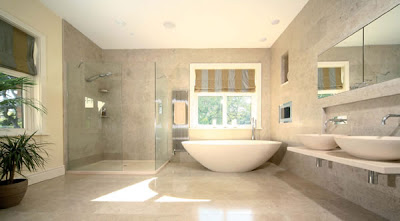 |
| Limestone Bathroom |
 |
| Limestone Tile |
Soapstone is a metamorphic rock made up of mineral deposits created by nature and quarried from the earth. The main mineral components in soapstone are talc, chlorite, dolomite and magnesite, which gives it the soft touch. Soapstone has a unique color with light flowing veins. It is very resistant to heat, which makes it suitable for kitchen countertops and woodstoves. Soapstone maintenance includes periodic application of mineral oil.
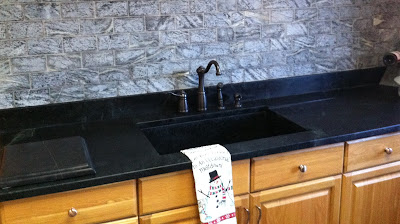 |
| Soapstone Countertop |
|
|
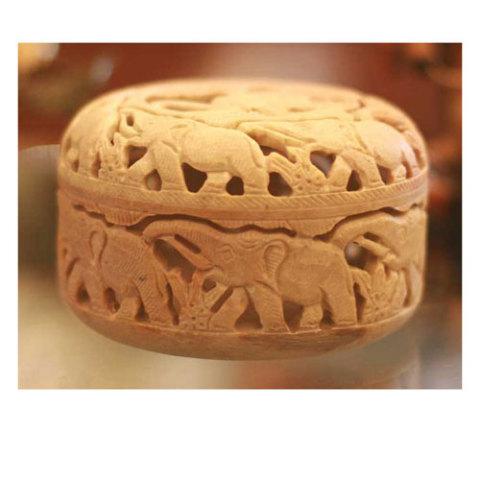 |
| Soapstone Carved Box |
Travertine is a sedimentary rock, mostly made of calcite that was generated by the deposit of such minerals from hot water springs and streams pouring from them. It is a very porous material, and holes are generated either by gasses trapped by the sediments or by water plants that were trapped inside the formation and then decomposed. It is highly susceptible to heat, scratching, staining, and acidity, and is not recommended for kitchen projects.
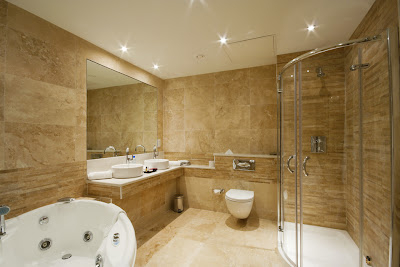 |
| Travertine Bathroom |
Onyx is the result of water dissolving existing limestone and re-depositing it as a new kind of stone. In limestone caves, onyx is formed by drip water, like stalagmites and stalactites. Onyx is best for furniture pieces, bathrooms and fireplace surrounds.
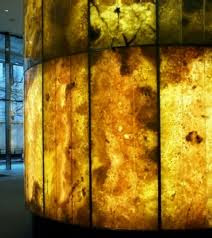 |
| Translucent Onyx |
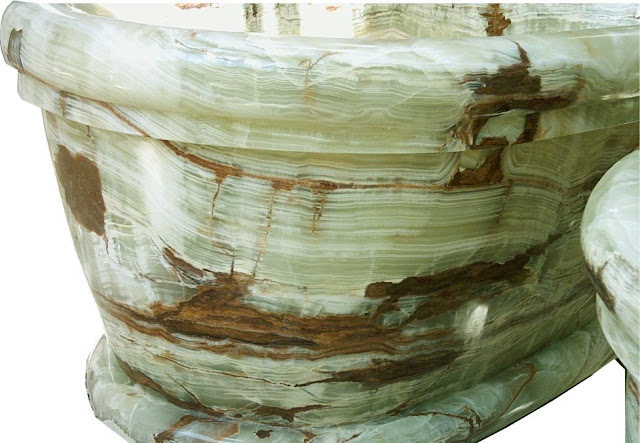 |
| Onyx Bathtub |
Remember!
It is important to dust the surface everyday if possible and to clean spills and messes as soon as they occur! Do not use acidic or abrasive cleaners, as they break down the sealer and your stone will be more prone to staining and you will be left with a dull surface. Daily cleaning includes the use of Castile soap and water.
It's that simple, my Precious Ones. Do not over complicate the nature of things. These natural Stones don't need a lot of fuss but they do need your Tender Loving Care! Until next time my Friends...Remember, Cleanliness is next to Godliness!
 Delicate...that's all I can say about Marble and Granite without hurting it. They are all natural stones that actually breathe and change due to it's surrounding circumstances. As precious as a flower, Marble and Granite should be cared for with diligence and LOVE. Pay attention Beloved...this is not hard but must be remembered or the consequences are grave and detrimental to the life of your Marble, Granite, Travertine, Limestone, Soapstone and Onyx. Let's learn about what they are.
Delicate...that's all I can say about Marble and Granite without hurting it. They are all natural stones that actually breathe and change due to it's surrounding circumstances. As precious as a flower, Marble and Granite should be cared for with diligence and LOVE. Pay attention Beloved...this is not hard but must be remembered or the consequences are grave and detrimental to the life of your Marble, Granite, Travertine, Limestone, Soapstone and Onyx. Let's learn about what they are. 











No comments:
Post a Comment